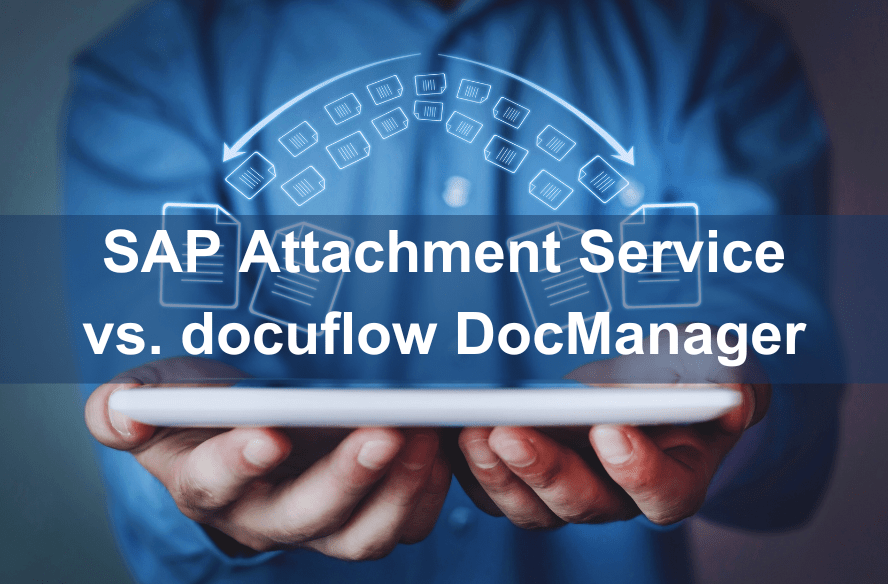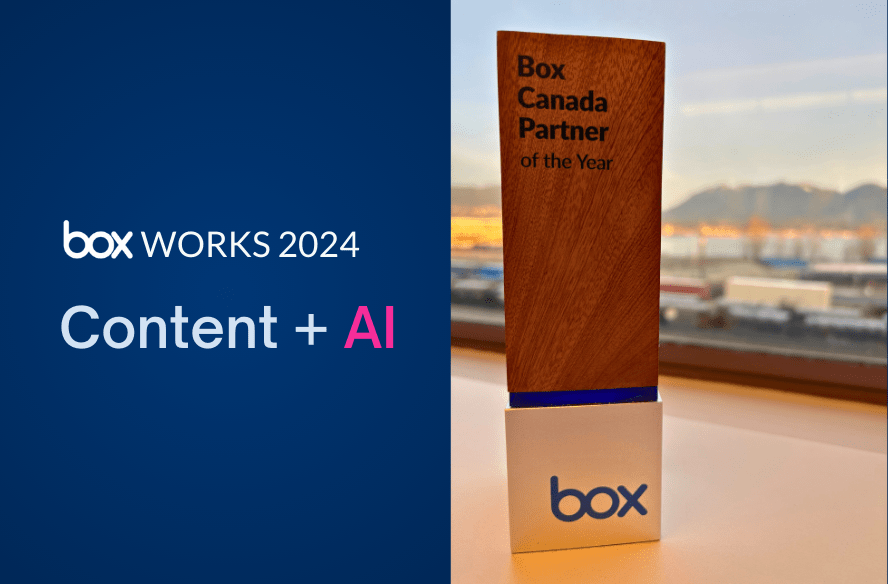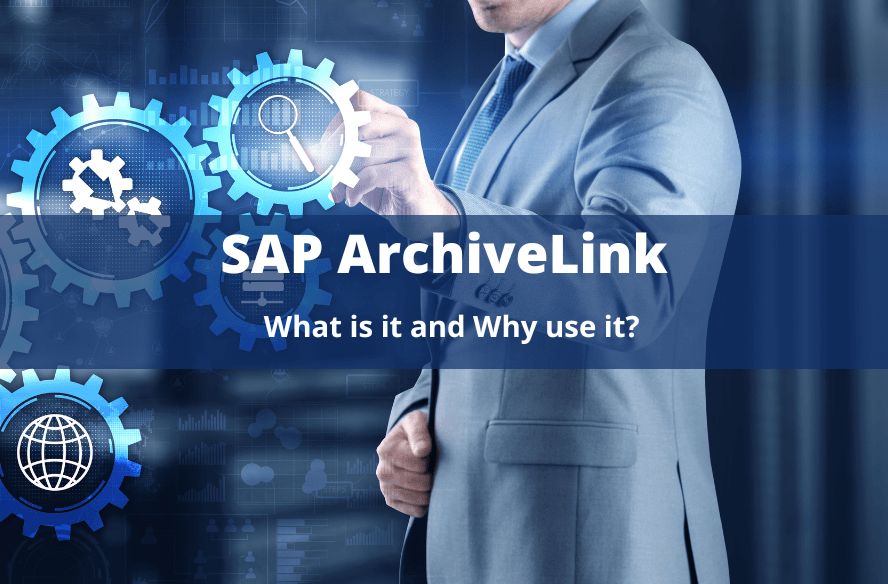INTELLIGENT AUTOMATION – WHAT ARE INDUSTRIES UP TO?
Hi, are you wondering if this blog is worth the read?
Look at the key takeaways summarized below:
- Intelligent Automation includes more than just A.I. or R.P.A.
- Insurance and Financial Services Industries are leading the way.
- Other industries are coming on strong but with more focus.
- Entry points are low enough for even smaller enterprises and departments to earn value.
- Most artificial intelligence initiatives start in IT, while the business gets educated from industry sources and conferences outside of their organization.
- Key success factors across all industries is to look beyond technology and integrate the People and Process aspects.
At VersaFile, we work across a broad set of industries, 14 actually, ranging from Insurance and Financial services to Manufacturing and everything in between. As usual in the content, process & automation space, we see the early adopters being Insurance and the Financial Services sectors. But it is not limited to those industries and it is not limited by size. We are seeing organizations large and small, departments and enterprises gearing up to operationalize the various elements of Intelligent Automation including Artificial Intelligence (AI), Robotic Process Automation (RPA) and a whole bunch more.
Let’s start by better defining Intelligent Automation. At VersaFile, we use Intelligent Automation to solve the line of business problems that tend to incorporate unstructured content, integration and loosely defined case management tasks. As a result, our view of Intelligent Automation contains a few more pieces than what you will traditionally hear the analysts and big 5 reference. The most common view includes:
- Smart Analytics
- Computer Vision
- Machine Learning (ML)
- Natural Language Processing & Understanding (NLP & NLU)
- Artificial Intelligence Services
- Virtual Assistants
- Robotic Process Automation (RPA)
To extend and scale both upstream and downstream of a business process and provide end to end automation, we also consider the following, many which already exist in organizations, to be part of the Intelligent Automation tool kit.
- Advanced Capture
- Content Services
- Intelligent Business Process Management (iBPMS)
- Rules Engine
- Automated Information Governance
You will probably have many of these tools if not all of them already available within the organization. So what are various industries doing with the tools? Plenty of technology driven siloed science experiments but not many fully integrated with people and process solving real business problems…even in proof of concept mode!
Insurance and Financial Services, as usual, are leading the way for intelligent automation and adopting new technologies and approaches to continuously transform their business operations, or at least components of it. Over the last 12 months, we have conducted multiple Intelligent Automation First Workshops. What we found throughout these industries is IT leading the way with experimentation, research and proof of technology projects to demonstrate the capabilities of these tools, particularly chat bots, RPA, NLU and ML but with limited production use. The objective of this approach has been to educate the business on the art of the possible. However, we are finding that if not put into context of a business objective or process or aligned with a current problem the business and their people are struggling to solve, it mostly becomes an interesting science experiment and the discoveries are put to the side for some future consideration. Or best-case scenario, a solution is found to band aid some gaps left from a legacy workflow project. Do enough of these and something will catch is the theory…I guess.
Where Business seems to be learning most and getting more excited is by attending sector specific conferences and learning from specialized resources who are addressing their types of issues and opportunities in the market today. For example, when your CMO attends the latest marketing conference, they are likely to attend a session on using AI to automate consumer research and sentiment analysis and outcomes. Where as IT’s approach will be to execute some ML on existing market research data and point a series of anomalies they found and present that to Marketing and ask, does this mean anything to you? There may be a few nuggets of gold, and most likely the information is interesting but also likely not aligned with Marketing’s current biggest problems. The business’ perception is that IT doesn’t get their needs and then start to look outside of the organization to solve these problems. Short-term this works, longer-term much of the process knowledge, tips and tricks are lost making it harder for the business unit or IT to repeat and sustain and gain the economies of scale. Instead of a program of continuous automation and subsequent improvement, we end up with a series of isolated projects with potentially duplicate technologies and customizations. This is the common picture we currently see in Financial Services and Insurance.
Of course, other industries are also picking up on the hype around Intelligent Automation and AI but are not as mature in the technology. Our experience meeting with retail, property management, services, manufacturing and government generally indicates these industries are taking a more business focused approach arriving with the specific problems they want to solve, prove them out and then build a program around the human and technical capabilities. We suspect this is the result of organizations, including the vendors, learning from the early adopters and taking different approaches. It could also indicate these industries typically have less IT research and development budget leaving most spending to be business driven. In one example, an initiative was led by the organization’s Finance Department. They had all the latest tools including workflow but still had gaps within the flow of work. Meaning some steps were automated in ERP but to get the data cleansed and into the ERP was a manual step. This was one of 3 opportunities the department considered for the proof of concept (POC). After a 5-day project, they executed a successful POC and the Finance group is now working with IT to automation tasks throughout Finance and starting on HR.
Does size matter? Nope! The barriers to entry on these technologies is very low when taking the approach of augmenting existing technologies and processes already in play. Even smaller enterprises or departments can enter the world of software robotics and AI thanks to interesting new service models, per bot pricing and the cloud. How small is small? We know of at least one 75-person organization that is evaluating RPA for task automation. Adding some content auto classification using NLU down the road will be equally low cost on a per document cloud service. It is entirely reasonable for a 200-person organization to run an intelligent automation program with a few bots and some subscriptions to AI engines and leveraging existing base level tools already in place. To make use of the basic readily available cloud tools doesn’t even require a data scientist, although will be a big component as a program scales.
To tie this off, when considering intelligent automation or AI, look up-stream and down-stream to see where the information originates and where it resides. Opportunities to simply augment your existing infrastructure up and down the process are a plenty. Don’t forget, intelligent automation consists of intelligent capture, RPA, NLU, ML, Chat Bots, Process Orchestration and Integration. To get started, you don’t need all the pieces. Your business problems will dictate which ones you need, and which contribute to a value-add business outcome. So always start with the business to understand their current really big problems, core objectives and key processes. Then learn to integrate the Intelligent Automation technologies into those processes to help solve the problems they have now.
Comments or questions for the author? Email Sean Fitzpatrick to start a conversation.






